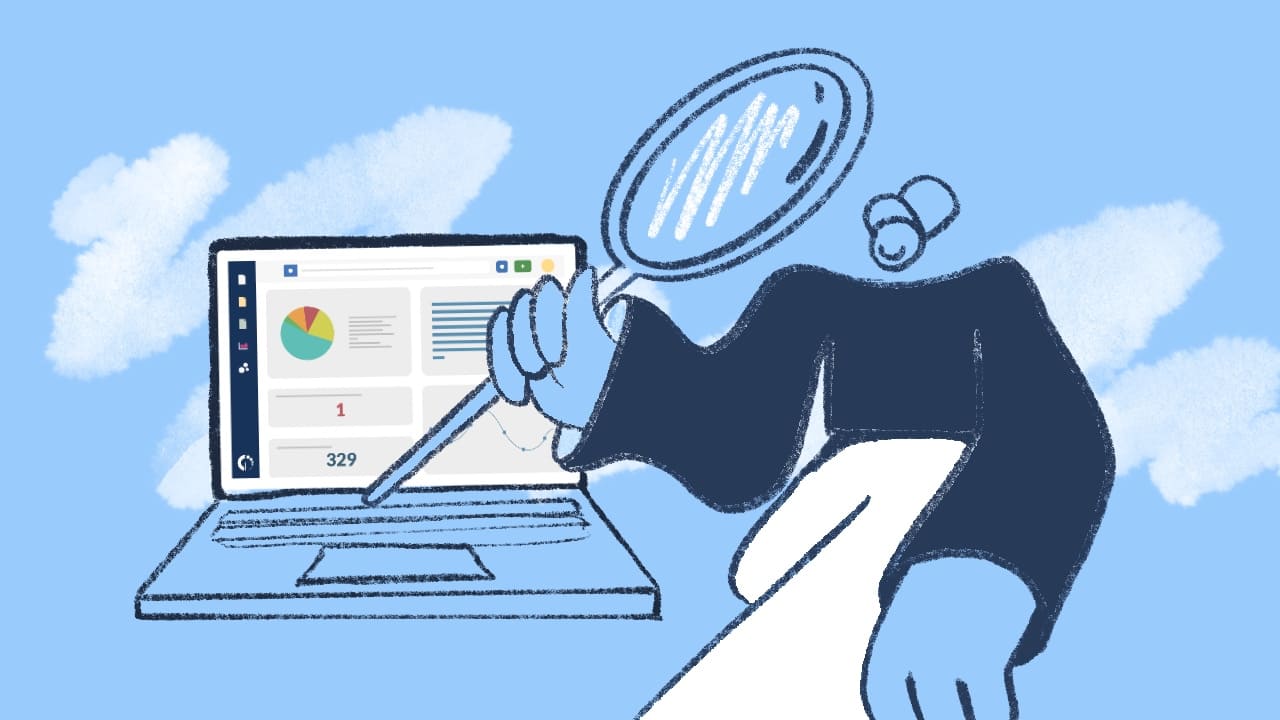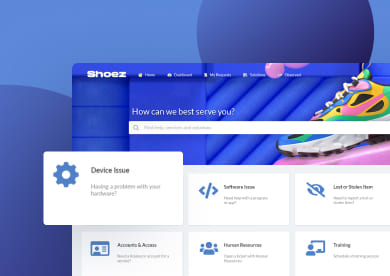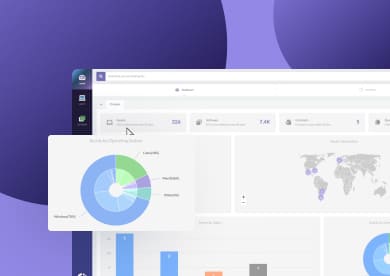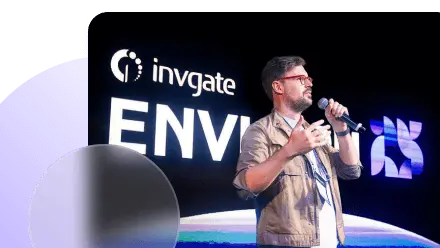Asset Management in mining is essential. It helps boost productivity, ensure continuous operations, and (most importantly) maintain effective cost control across organizations in the sector.
This is especially important as the industry faces declining revenues. PwC’s Mine 2024 report shows that the top 40 mining companies saw their combined income fall by over 6% between 2023 and 2024, extending a downward trend that began in 2021. This highlights just how critical proper Asset Management is to sustain profitability and long-term resilience in mining.
In this article, we’ll break down what Asset Management in mining really means, explore its specific challenges, and discuss the role technology plays in optimizing performance and extending asset lifecycles.
What is Asset Management in the mining industry?
Asset Management in the mining industry refers to the systematic process of tracking, maintaining, and optimizing all physical and digital assets involved in extraction and production.
Given the intensive nature of mining operations, effective management ensures that every piece of equipment and resource delivers maximum value while minimizing risk and downtime.
These assets range from heavy machinery such as excavators, haul trucks, and conveyor systems, to critical support infrastructure like energy systems, computers, and specialized software for geological modeling, monitoring, and maintenance.
Why Asset Management in mining is important
Effective Asset Management for mining companies is very important. It allows organizations to extract and optimize the value of every asset. This translates into better planning, higher productivity, and more efficient cost management — three factors that directly impact the sector’s profitability and sustainability.
4 benefits of Asset Management in mining
The benefits of Asset Management in mining come from its ability to provide real-time data and enable efficient control over complex operations.
- Improves planning: Mining processes are long and require careful coordination. Asset Management supports planning by providing accurate, real-time information about equipment condition and performance.
- Boosts productivity: Downtime is extremely costly in mining. By effectively managing asset lifecycles, organizations can minimize interruptions and maintain consistent output.
- Optimizes processes: Access to detailed asset data helps review and refine workflows, promoting a proactive rather than reactive management approach.
- Strengthens Financial Management: Mining assets are capital-intensive. Asset Management provides visibility into acquisition, maintenance, replacement, and disposal costs, ensuring smarter investment decisions.

What does Asset Management entail in mining?
Asset Management in mining covers a broad range of interconnected activities aimed at keeping equipment reliable, operations efficient, and costs under control. It brings together engineering, maintenance, finance, and IT practices to ensure every asset contributes effectively to the organization’s objectives.
Some of the main tasks included in mining Asset Management are:
- Asset inventory and classification: Recording and categorizing all mining assets (from heavy machinery to digital systems) to maintain complete visibility.
- Condition monitoring: Tracking the real-time health and performance of equipment through sensors, IoT devices, and maintenance data. Asset tracking is key in any Asset Management strategy.
- Asset Lifecycle Management: Managing each asset from acquisition to disposal, including upgrades, repurposing, and end-of-life planning.
- Preventive and predictive maintenance: Scheduling maintenance based on usage data and performance trends to prevent costly failures.
- Compliance and Safety Management: Ensuring all assets meet internal policies, environmental regulations, and occupational safety standards.
- Cost and performance analysis: Evaluating operational costs, energy consumption, and productivity to identify optimization opportunities.
- Integration with digital systems: Linking asset data with Asset Management, Service Management, and other solutions tools for centralized control and reporting.
How to do Asset Management in mining?
Implementing Asset Management in the mining industry requires a structured approach that aligns technical operations, maintenance, and financial planning. Although every organization tailors it to its scale and goals, an effective mining Asset Management process generally includes five key steps:
- Identify and inventory all assets - Start by building a complete and centralized inventory of every physical and digital asset, including mining machinery, vehicles, infrastructure, hardware and software. This visibility is the foundation for all subsequent decisions.
- Assess condition and criticality - Evaluate the operational health, age, and importance of each asset to determine which ones are most critical for production continuity and safety.
- Develop a maintenance and monitoring plan - Create maintenance schedules that combine preventive and predictive strategies. Use real-time data to anticipate issues before they cause downtime.
- Track performance and costs - Monitor key performance indicators such as utilization, energy consumption, repair frequency, and total cost of ownership. This enables data-driven adjustments and long-term optimization.
- Review, optimize, and renew - Continuously analyze performance data to identify improvement opportunities, extend asset lifecycles where possible, and plan timely replacements or upgrades.
Using InvGate Asset Management as your mining Asset Management software

Mining operations depend on a complex mix of physical and digital assets — from heavy machinery and vehicles to computers and specialized software. Managing all of them efficiently requires a solution that’s powerful yet easy to use. It needs a mining Asset Management software.
InvGate Asset Management offers a no-code, intuitive, and scalable platform that helps organizations identify, track, and manage both IT and non-IT assets across their entire infrastructure. With it, mining companies can:
- Gain complete asset visibility: Know exactly what assets you have, their condition, location, and assigned users—all from a centralized inventory.
- Track acquisition and maintenance costs: Monitor expenses related to hardware and specialized software to improve financial control and budgeting.
- Create and enforce policies: Define and apply Asset Management policies, maintenance schedules, and refresh plans with ease.
- Assess asset health and criticality: Set standards for what a healthy asset looks like, assign criticality levels, and map dependencies to visualize relationships between assets.
- Build reports and dashboards automatically: Generate detailed reports and visual dashboards for quick insights into asset performance and status.
Start your 30-day free trial or talk to our sales team to learn how InvGate Asset Management can strengthen Asset Management in mining operations.
3 best practices for successful Asset Management in the mining industry
Achieving effective Asset Management in mining goes beyond keeping a simple equipment list. It requires the right mix of tools, automation, and continuous improvement to ensure that operations run smoothly and assets deliver their full value. Here are three key best practices to keep in mind:
- Choose the right Asset Management software for mining: Select a platform capable ofbuilding a complete and unified inventory. In mining, that means tracking not only machinery and vehicles but also the specialized software used for modeling, monitoring, and planning. It could be an Asset Management software or a dedicated tool.
- Leverage automation to simplify management: Automation reduces manual work, minimizes errors, and enables real-time updates on asset status, condition, and performance. This is especially useful for mining operations spread across multiple sites, where maintaining visibility can otherwise be a challenge.
- Stay updated on new technologies and trends: The mining industry is rapidly adopting innovations such as IoT sensors, predictive maintenance, and AI-driven analytics. Staying informed and integrating these technologies helps improve efficiency, safety, and decision-making over time.















